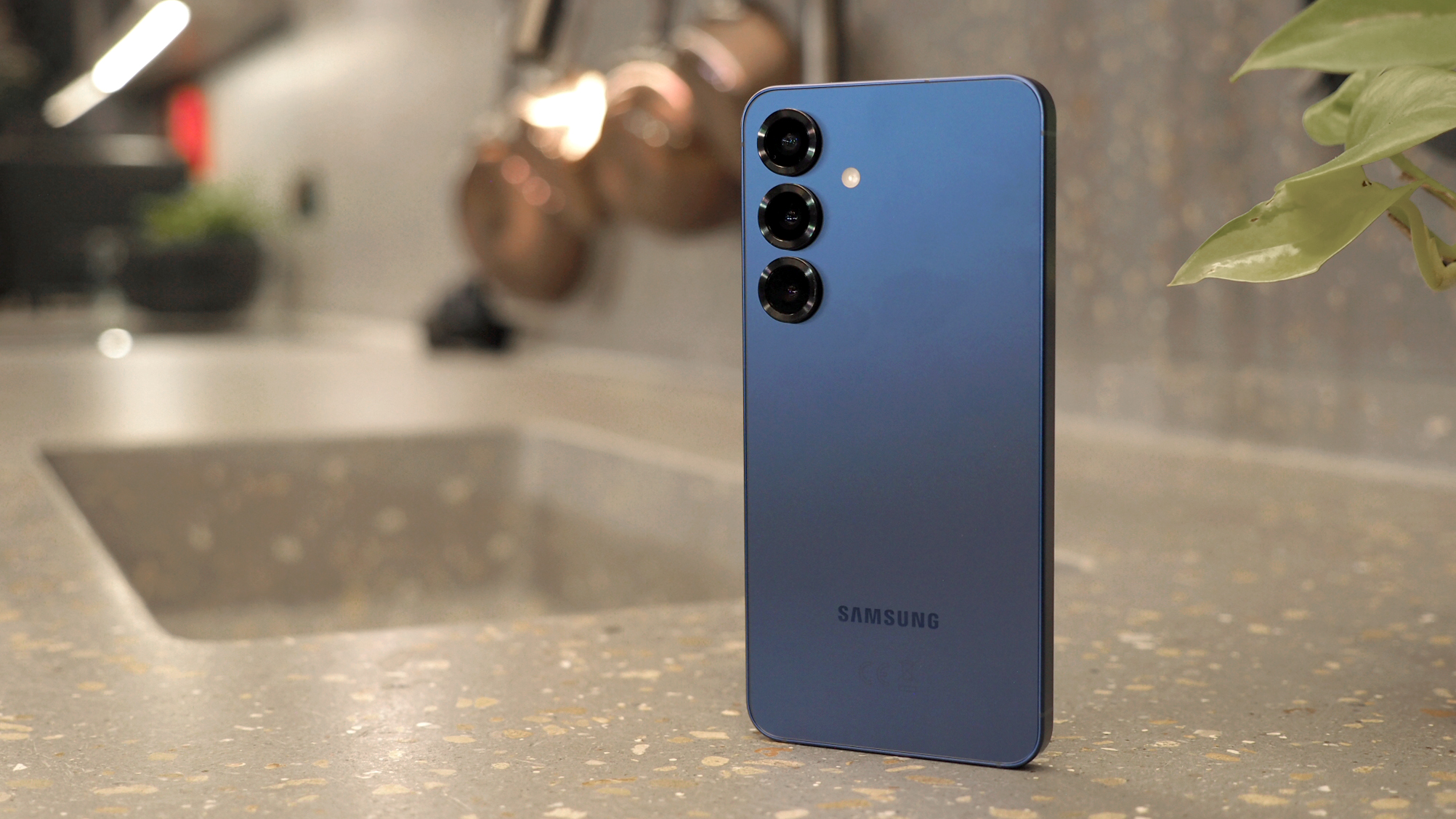
While many of the most popular phones are the biggest and baddest ones out there, there's still a significant market for the best compact phones – which is exactly where the Samsung Galaxy S25 fits into the frame. While the top-end S25 Ultra model largely stole the show at Samsung's Galaxy Unpacked 2025 event, let's not forget the lil guy too.
While last year's entry-level Galaxy S24 model did receive some significant upgrades, with a bigger battery and less bezel around the screen, for 2025 the base Galaxy S25 model is an echo of its predecessor. But it's what's inside that counts, with the latest (and bespoke) top-tier Qualcomm Snapdragon hardware and a big push in artificial intelligence (AI) features.
Ahead of the official unveiling, I was able to handle a Galaxy S25 for these first impressions. It's a familiar tale: if small is your cool and you're seeking one of the best Android phones that happens to be pocketable, then it absolutely fits the bill. That said, with the previous model now bearing some serious discount offers, the S25 – despite no year-on-year price increase – is a small upgrade that I suspect you'll only see as a big deal if you're upgrading from two generations or more ago.
Samsung Galaxy S25: Price & Availability
As I've already pointed out, Samsung hasn't increased the Galaxy S25's asking price compared to its predecessor at launch. That sees the 256GB model priced at £799 / $799 / AU$1,399 for its 7 February on-sale date.
If you pre-order before that date directly from Samsung, however, you can pay for the 256GB model and pick up the 512GB for free. Or go one step beyond and buy the 512GB and receive a 1TB handset. It's a nice promo – and there'll be trade-in cash benefit too if you want to further the appeal.
Samsung Galaxy S25 review: What's New?
- Moves to Qualcomm Snapdragon 8 Elite platform
- 12GB RAM as base standard this generation
- One UI 7 brings personalised AI
- 15% larger cooling chamber
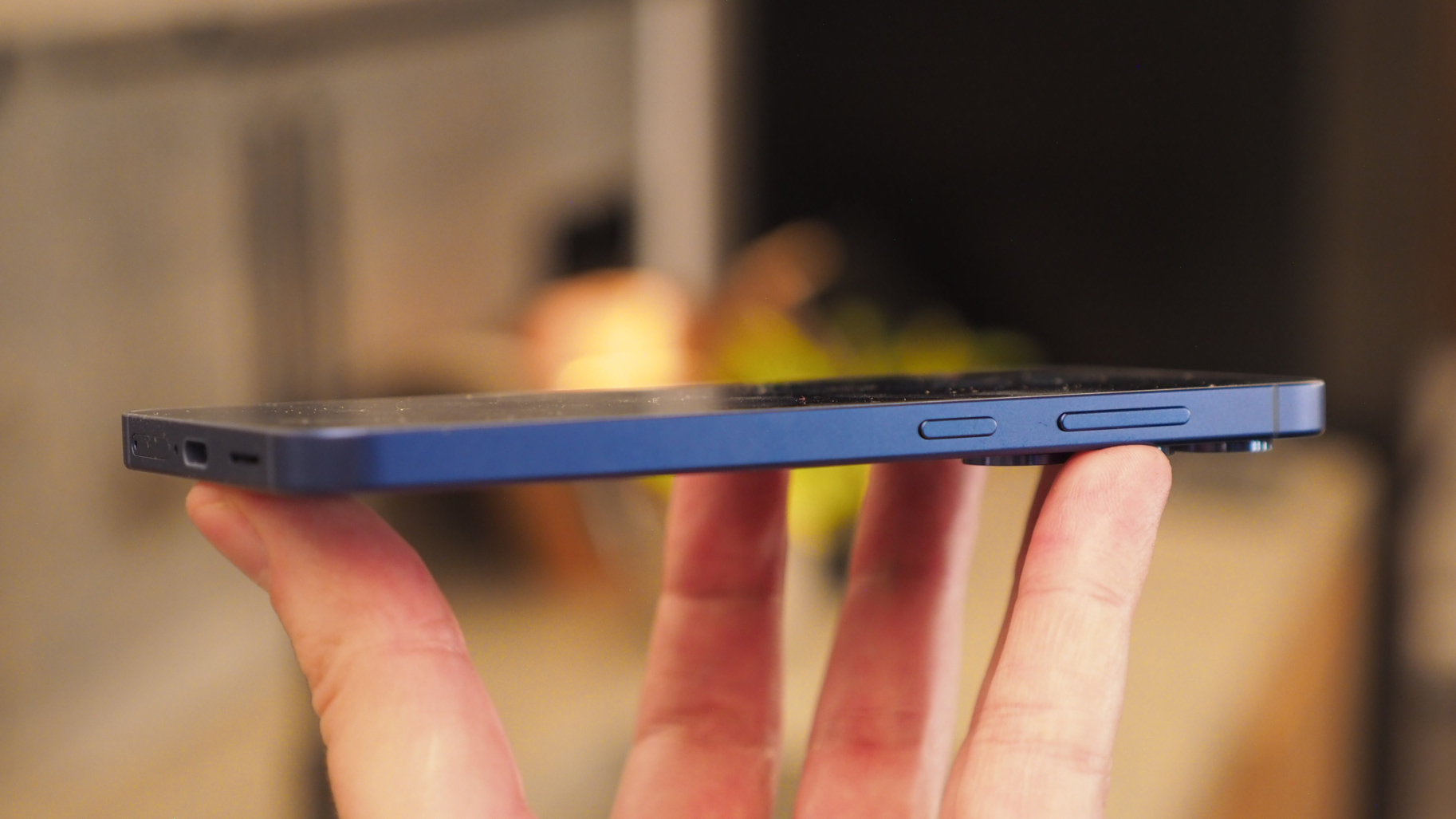
Visually the Samsung Galaxy S25 looks identical to the Galaxy S24. There are the tiniest of physical changes, however, with the device a scalpel's width slimmer (yes, only 0.4mm) – not that I could in any way notice this in person. That sees it weigh 6g less – again, not that you'll feel that in person. It does show that Samsung isn't just cookie-cutting old hardware, though, and that extra consideration has gone into this latest model – including enlarging the cooling chamber to enhance performance.
The bigger changes are inside, as the previous S24 opted for Samsung's own Exynos chipset. That's not the case for the Galaxy S25 – or, indeed, the S25 Plus or S25 Ultra models also in the series – with Samsung harnessing its Qualcomm partnership to bring the current most powerful hardware on board. The Snapdragon 8 Elite in its overclocked 'for Galaxy' version is what you'll find here – complete with 12GB RAM (a 50% increase over the usual 8GB of previous).
That's about all, however, aside from some new colour options. The biggest change, just like with the S25 Ultra model, is dependent on new software look and feel courtesy of One UI 7. This promises Personalised AI, with a Personal Data Engine that will learn your habits through contextual patterns and preferences. I'm yet to see how accurate and incorporated this will be – forthcoming in a future review, of course – but it does sound genuinely useful from a time-saving standpoint.
Samsung Galaxy S25 review: Design & Display
- Navy / Icy Blue / Mint / Silver Shadow / (Samsung only: Blue Black / Coral Red / Pink Gold)
- Flat 6.2-inch AMOLED panel, 2600 nits maximum brightness
- 1080 x 2340 resolution and 1-120Hz refresh rate
- IP68 water/dust resistance
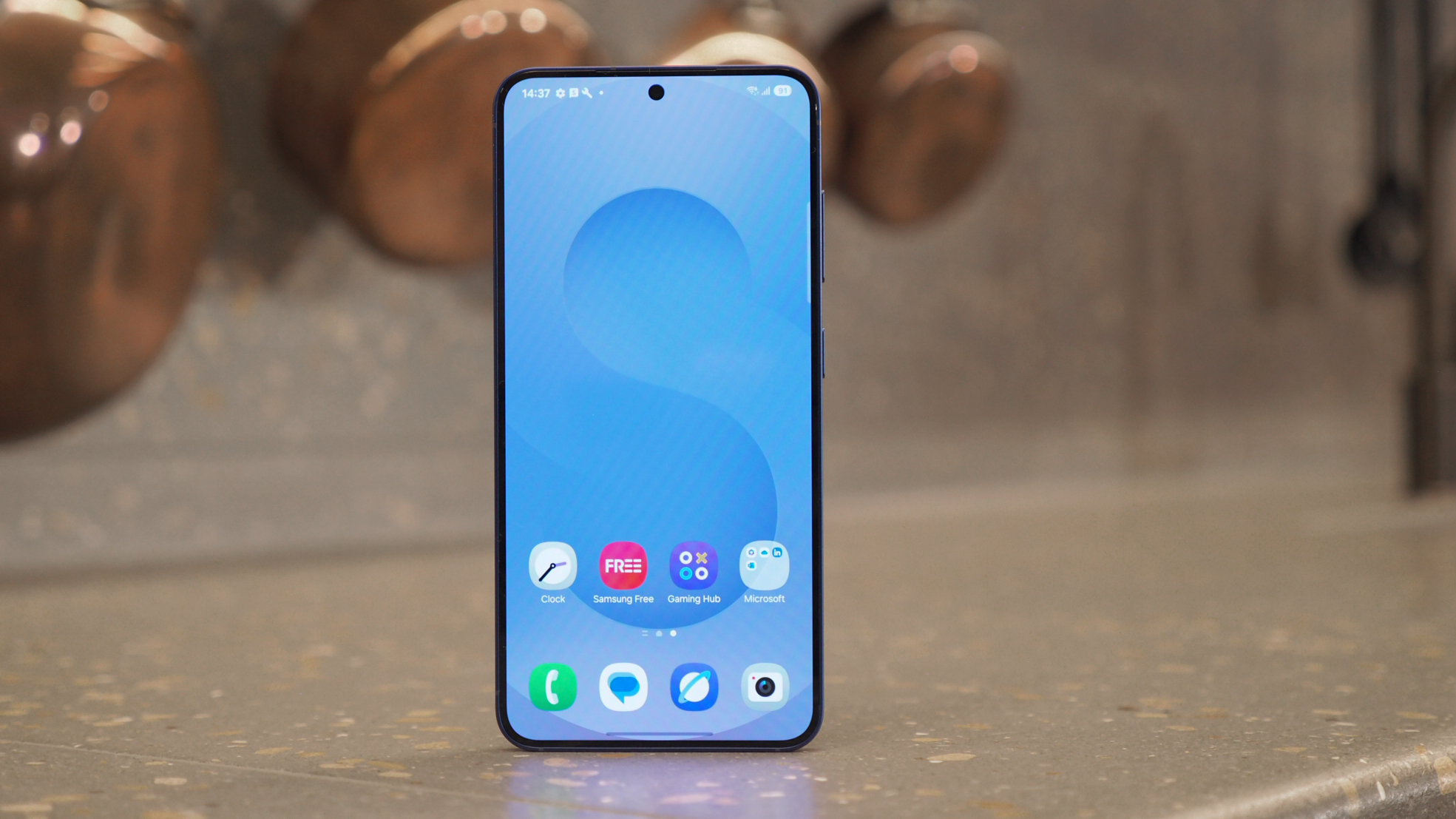
Just because the S25 is the smallest in the flagship Galaxy range doesn't mean it steps down in specification compared to the Ultra model, which is a key takeaway. The screen, for example, has the same brightness potential (2600 nits peak) – which, just like its S24 predecessor, certainly cuts a good look whether in bright daylight or wanting eye-searing visuals in the dark.
There's no step down in other key areas either: you'll get the same dynamic refresh rate (from 1-120Hz), and a resolution that scale-to-scale is just as pixel-dense as the Ultra. New this year is what Samsung is calling 'ProScaler technology', as promoted by that new Qualcomm chipset, to upscale content – meaning you can use a lower resolution output as default to save battery life.
I still think the Galaxy S25 looks superb, despite it only receiving a surgeon's adjustment in a physical sense. The aesthetic has become a classic, though, and I'm glad that the colourways – such as the Navy finish of my hands-on photographs – have some real depth and pop about them. I'd be particularly keen to see the Coral Red that's exclusive to Samsung's stores though – as that sounds exciting.
Samsung Galaxy S25 review: Performance & Battery
- Qualcomm Snapdragon 8 Elite, 12GB RAM
- 4,000mAh battery, 25W wired charging

There have been ongoing rumours regarding Samsung opting for its in-house Exynos silicon since the S24 series released – and I think it's interesting to see the shift in this S25 model (and, indeed, series as a whole – as it's Qualcomm inside every model in every on-sale region). Ultimately people weren't quite as enamoured by Exynos and the inclusion of Qualcomm's Snapdragon 8 Elite processor means it's as powerful as can be. It's actually the overclocked 'for Galaxy' version, so that means it's even more powerful than the stock off-the-shelf version you'll find elsewhere.
Although the Galaxy S25 doesn't see a battery capacity or cell type change, I don't think that's an issue. This is a small phone and should therefore focus on being exactly that – and with a 4,000mAh cell delivering to a 6.2-inch display, it's a decent enough match. However, with the same USB-C charging at 25W it's a shame to not see an advance here – after all, the Ultra offers 45W, and that's still way behind the times.
As for just how well the S25 will operate in the real world? I've only handled the device for a minimal amount of time, so when I get a chance to obtain a review device and move into it as my own I'll then get a realistic understanding. Especially with the new AI features – as how personal, how useful and how time-saving this operating system-level integration will be is one of the power-moves made for this model.
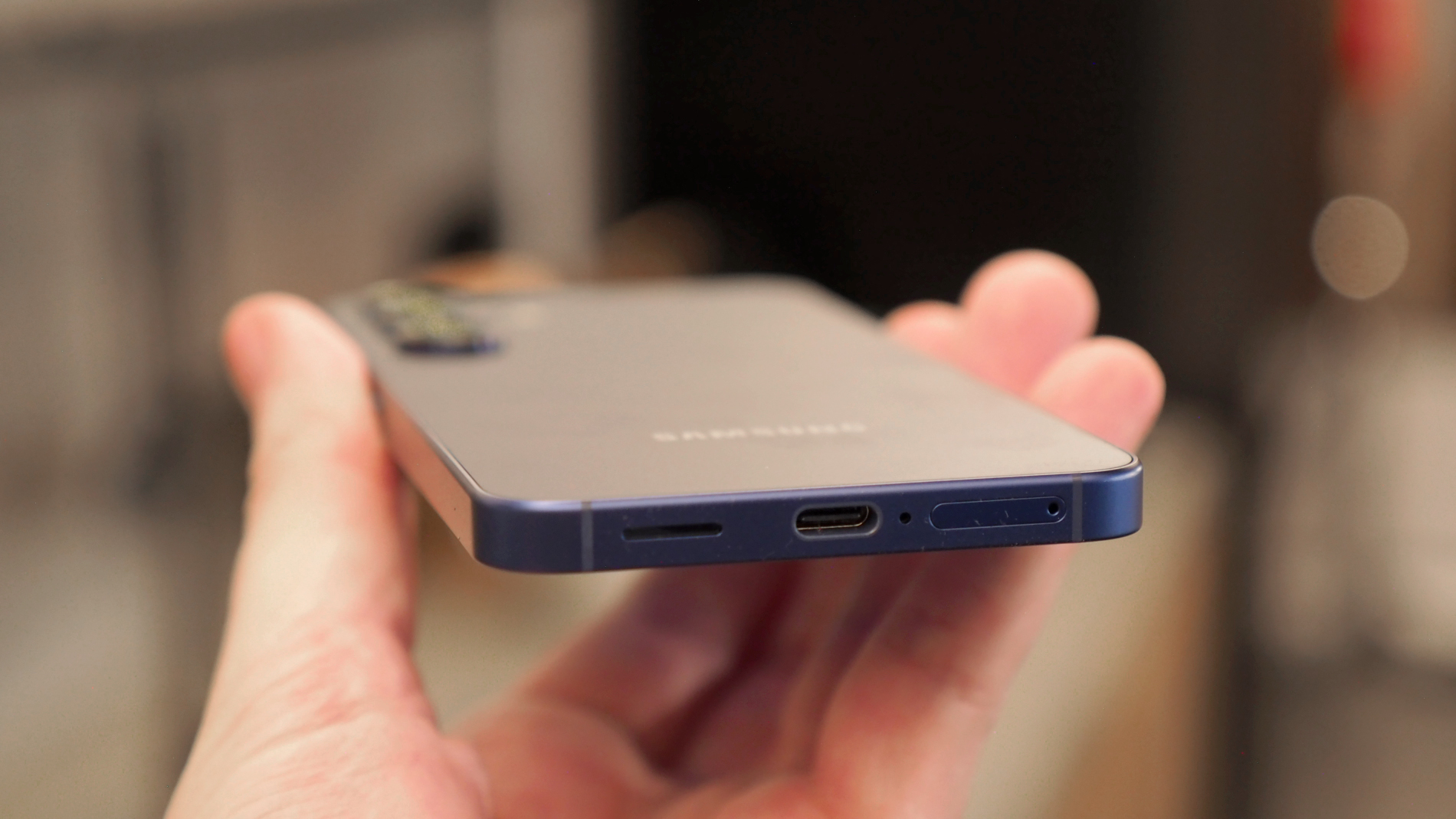
Just like in the S25 Ultra, the entry-level model delivers improved Circle to Search and AI Select, plus there's conversational search – with Google's Gemini integrated for easy press-and-hold of the side button (Bixby, Samsung's own voice assist, seemingly has taken a back seat by default). This voice control can function with Cross App Action – which can use data across Samsung and Google apps (and some third-party ones, TBA). You might say, for example, “find me a vegetarian restaurant nearby that Dave will love”, and the key components of contact, location, booking apps and other useful, context-based information should simplify and semi-automate this process for you.
Beyond that it's the new Now Brief and Now Bar that are the two biggest Samsung-specific additions. The former gives you a morning brief about your day – again, context-aware with cross-app information delivering personal results. The latter are cards which appear on the Lock Screen, providing real-time personalised prompts – whether sports results of your favourite teams or quick-glance directions for your next meeting location.
Samsung Galaxy S25 review: Cameras
- Main (24mm): 50-megapixel, f/1.8 aperture, optical stabilisation (OIS)
- Zoom (3x, 70mm): 10MP, f/2.4, OIS
- Wide (13mm): 12MP, f/2.2
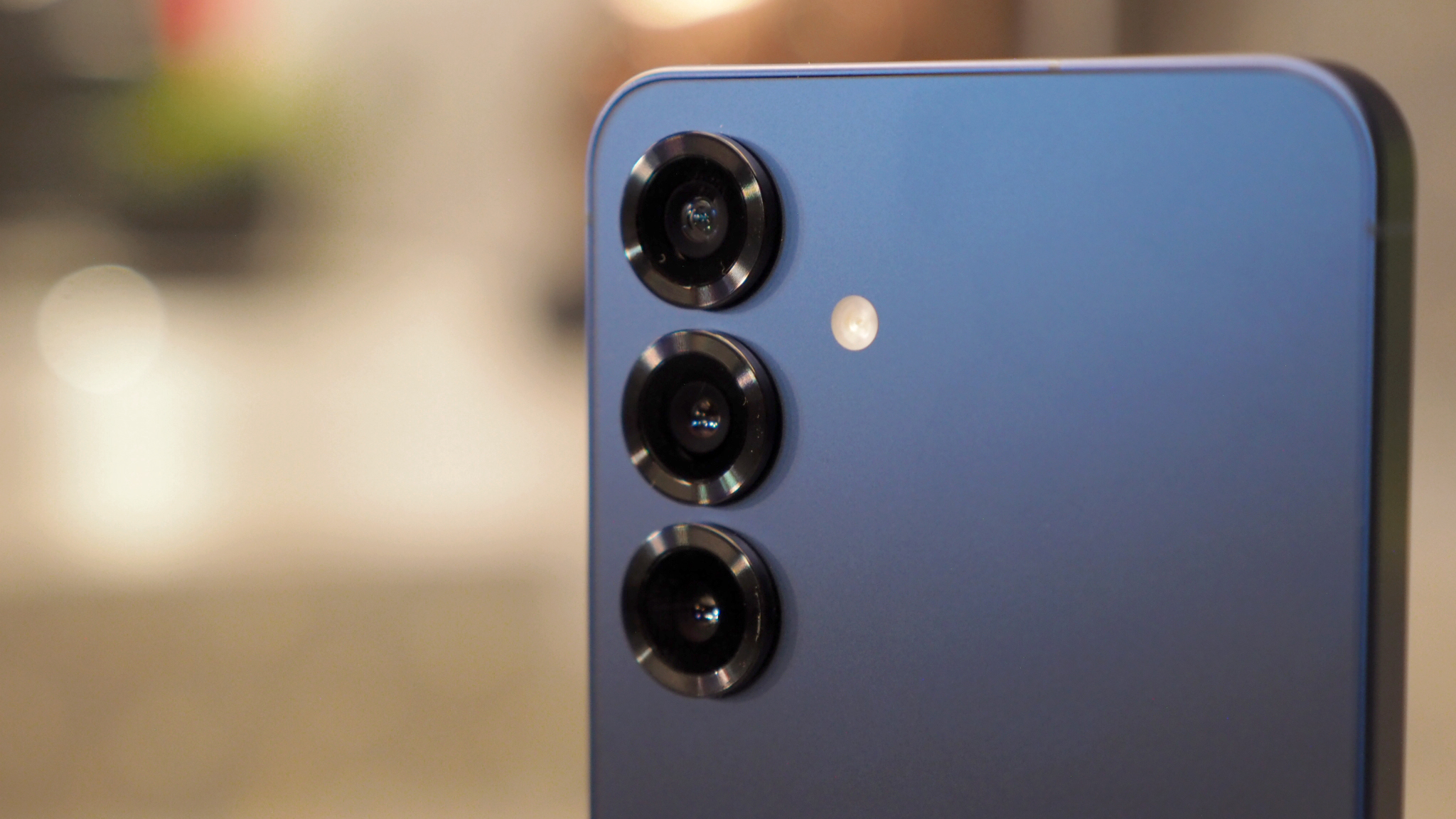
I can wind my mind back two whole years, where I was disappointed that the S23 disappointingly lacked hardware upgrades – a comment which echoed into the S24 model too. Well, what's even more disappointing is that the Galaxy S25 features the exact same camera setup again. That means no hardware upgrades, no 200-megapixel main and 50MP wide-angle like the S25 Ultra, and no improved zoom. Given the strength of the competition right now, that clearly puts Samsung on the back foot here.
The gamble, so it seems, is focusing on those new and upgraded Galaxy AI features – which I've experimented with at my preview session. The Generative Edit now seems to do a far better job of object removal than before (although I need to look on a full-screen view), while the Next Gen ProVisual Engine does do a fine job of keeping shots looking natural and attractive. But given where Google is at with the Pixel 9, well, again, Samsung needs to keep its foot on the pedal.
Samsung Galaxy S25 review: First impressions
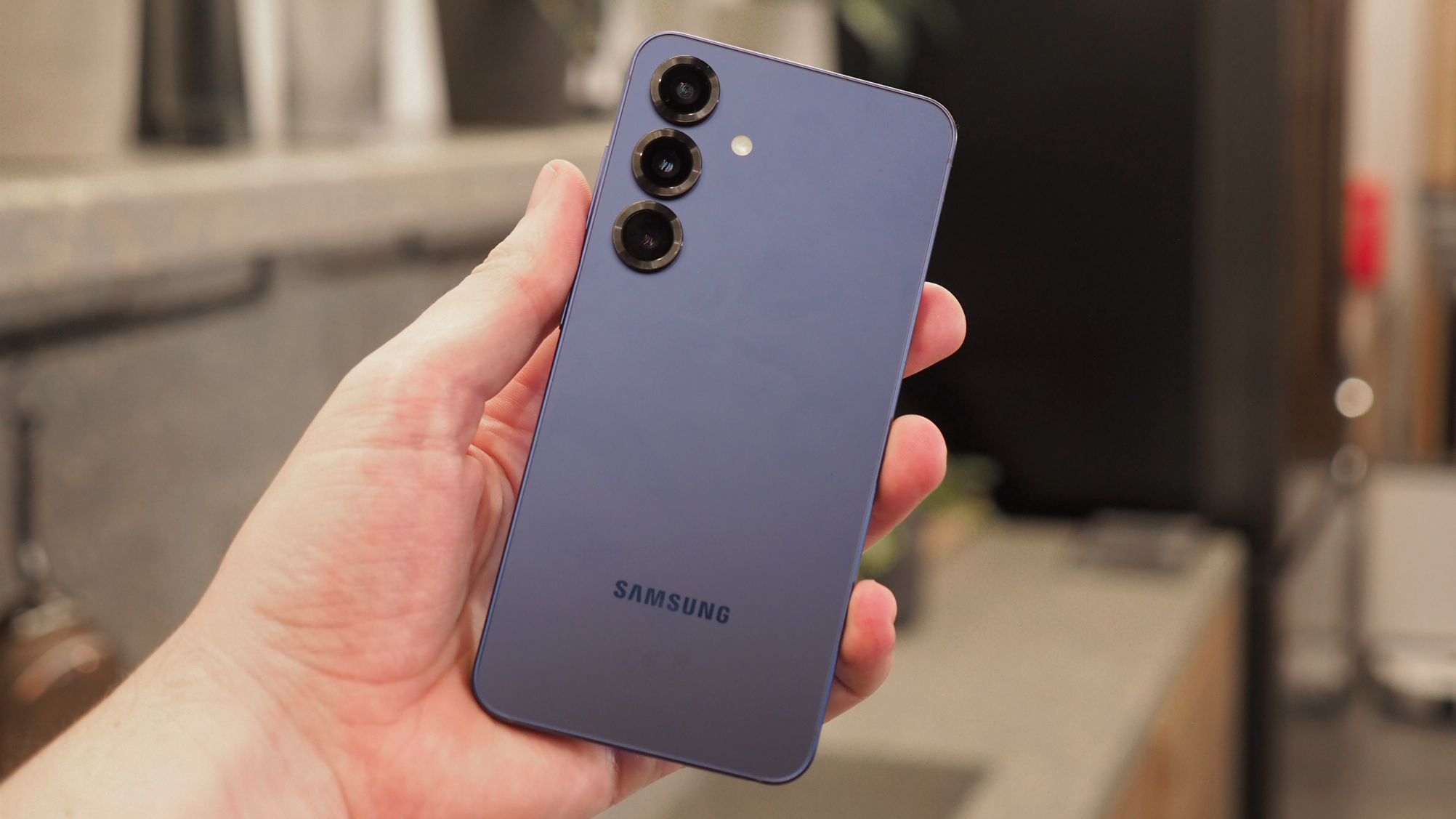
While there's no denying that the Samsung Galaxy S25 is a minor upgrade over its predecessor, there's also no denying that it's a lovely small Android flagship – rare as those are these days. It looks great, features compelling new AI features (that need further testing before passing judgement), and for two-generation upgraders there'll be clear appeal.
The move from Samsung's Exynos processor to a bespoke Qualcomm Snapdragon 8 Elite offering, plus the RAM upgrade, should see the performance and, of course, AI features excel – meaning little compromise compared to the larger S25 Ultra. It's these internal changes and the doubling-down on Samsung's own software where this little handset will bring big potential.
Also consider
It's hard to ignore that the earlier S24 is now much cheaper than this newer S25 – and very similar indeed. For the price difference, it's certainly one to consider.
Otherwise the Nothing Phone (2) is perhaps the strongest of its even cheaper rivals, featuring a great core setup and fun additional Glyph lighting features.
And let's not forget Google's Pixel 9 Pro, which is a bit like the archenemy to Samsung for delivering many similar features in a different-but-just-as-good-looking package with great cameras.







